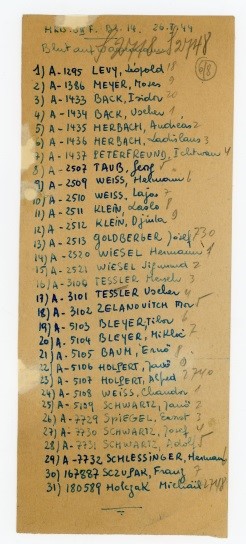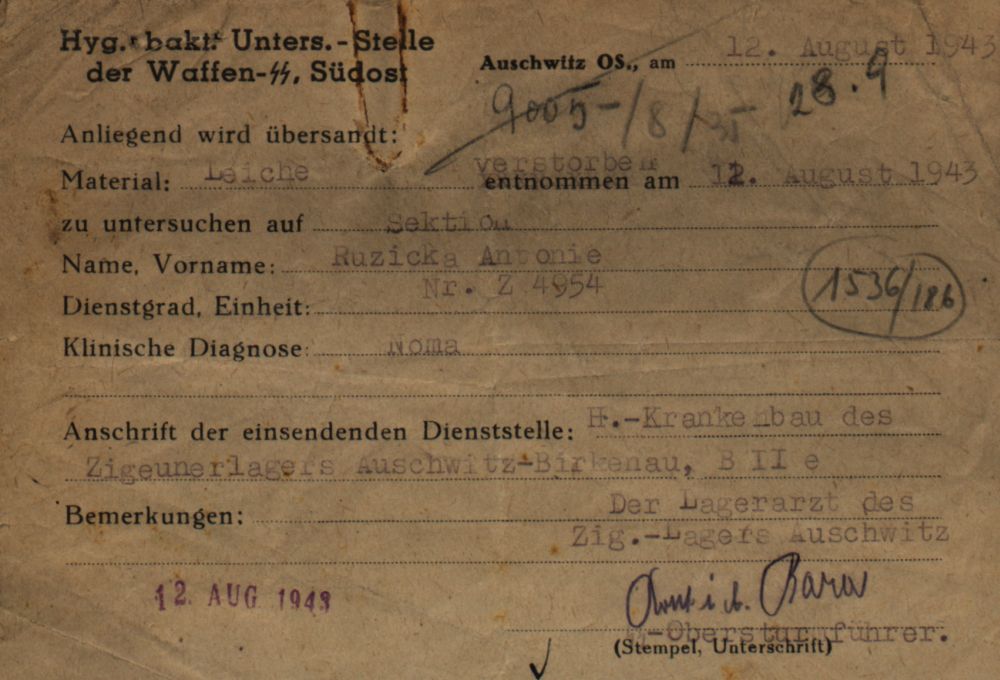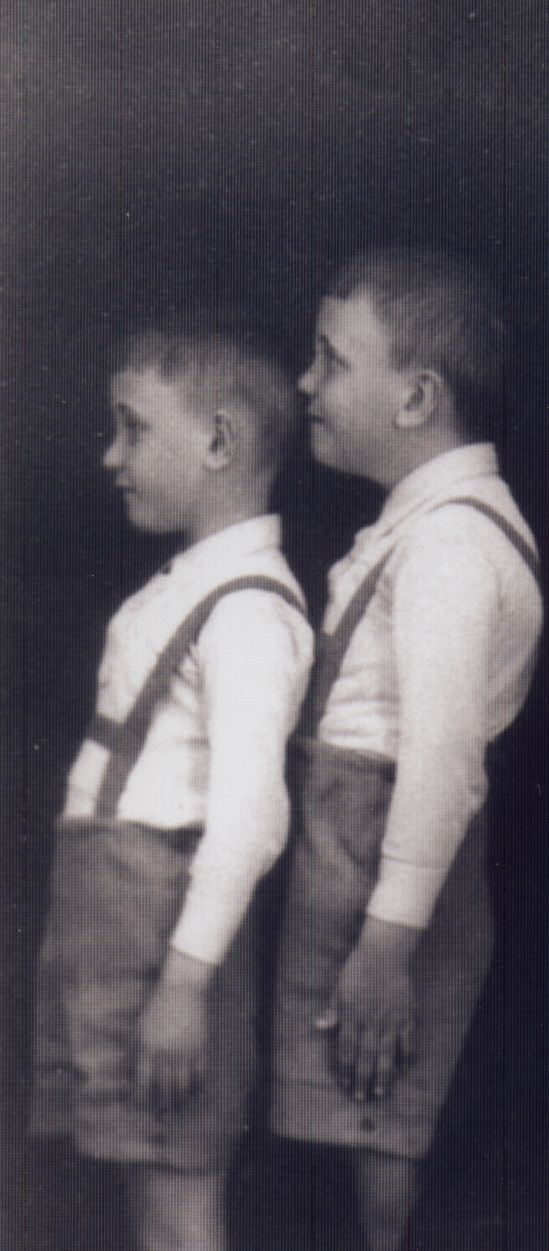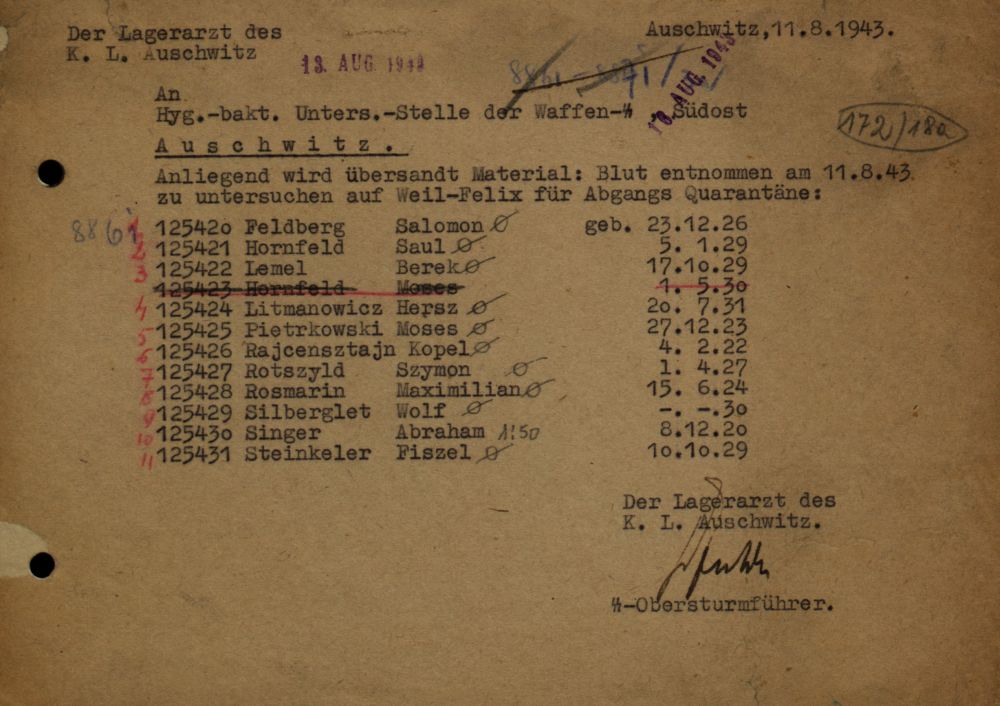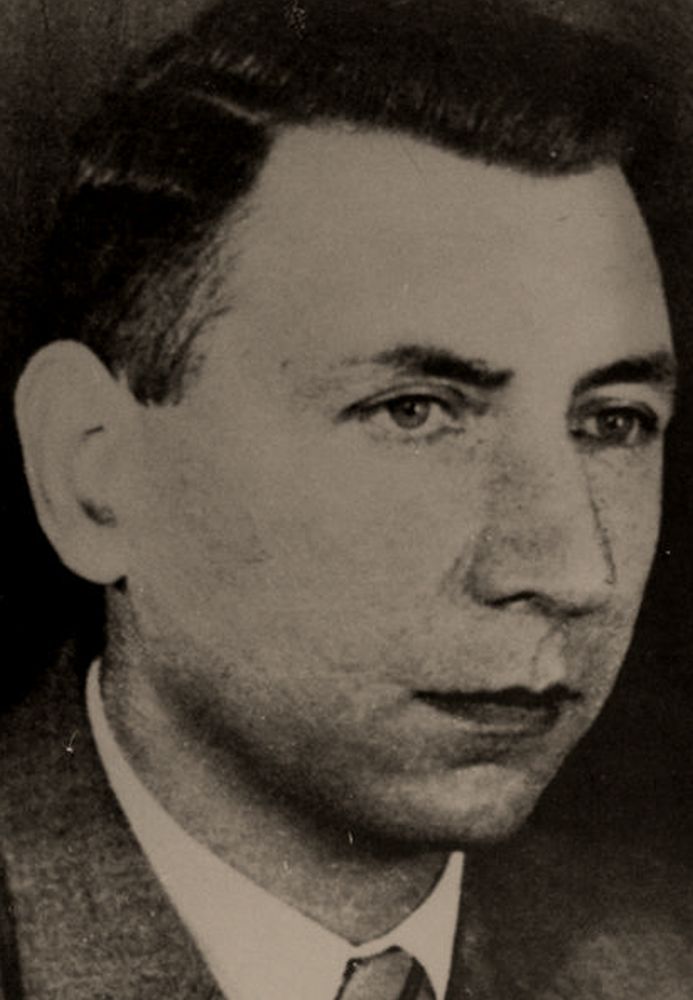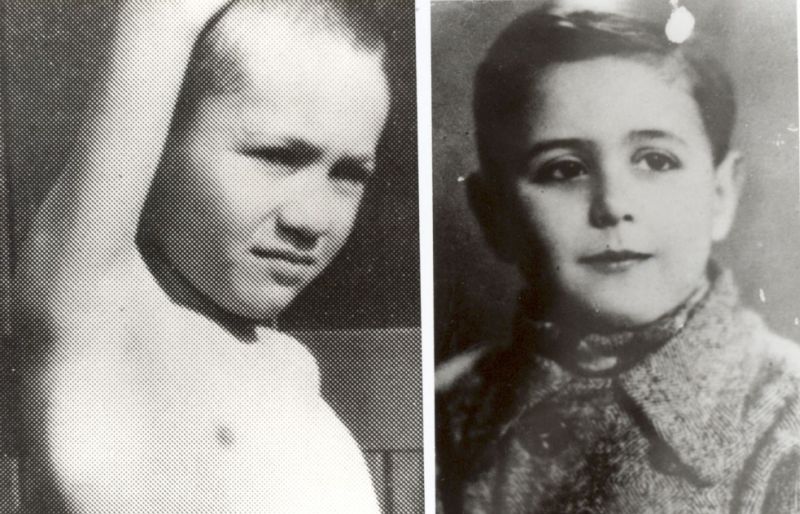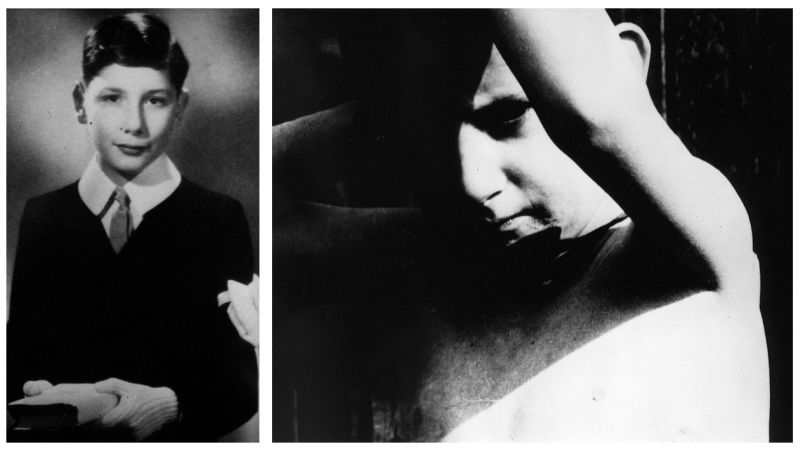Not unlike adults, child and minor inmates were subjected to criminal medical experiments. Most is known about the experiments conducted at KL Auschwitz, including on children, by the aforementioned SS physician and anthropologist, Dr Josef Mengele. A “frequent guest” in both family camps, he originally exploited the inmates as live human material for his criminal experiments. From May 1944 he selected, sometimes in person, victims from Jewish transports designated to be killed during selection on the ramp. Mengele devoted most attention to studies of multiple pregnancies as he was especially interested in twins, particularly monozygotic (uniovular, identical). Moreover, he was also interested in the physiology and pathology of dwarfism and conducted research on children and adults with various congenital deformities, e.g., severe kyphosis, disabilities or limps, but also with different colour irises (heterochromia iridum), and with sections of their iris with different colours (heterochromia iridis). When a disease known as noma, or orofacial gangrene, began to spread among children and adolescents in the Romani camp, without affecting other parts of the camp, he also launched a study on its causes and methods of treatment. During his experiments, some children were killed on Mengele’s order. Their bodies were transported to the SS Hygiene Institute in Rajsko where specialist studies were conducted, and individual organs were preserved as specimens. In some cases, entire heads were even conserved in jars. The specimens were later dispatched to the German Kaiser Wilhelm Institute of Anthropology, Human Heredity, and Eugenics in Berlin-Dahlem and to the SS Medical Academy in Graz in Austria that Mengele cooperated with. [For more on the criminal activity of Dr J. Mengele at KL Auschwitz, see: Helena Kubica, Dr Mengele und seine Verbrechen im Konzentrationslager Auschwitz-Birkenau [in:] Hefte von Auschwitz 1997, No. 20, pp. 369–436; Miklós Nyiszli, Byłem asystentem doktora Mengele. Wspomnienia lekarza z Oświęcimia, Warszawa 1996, pp. 46–47.]

